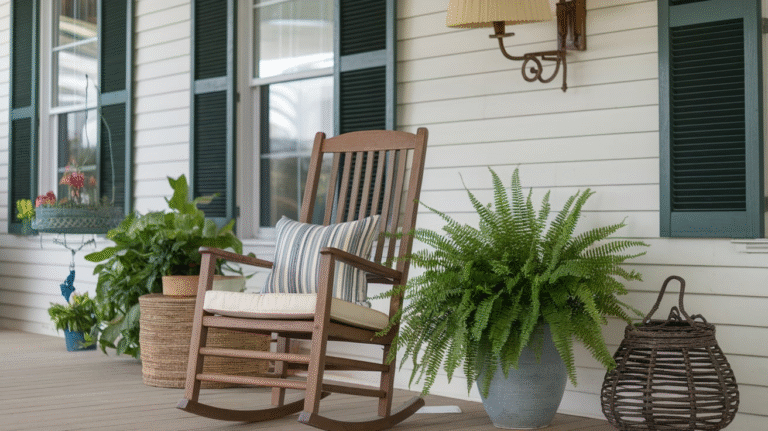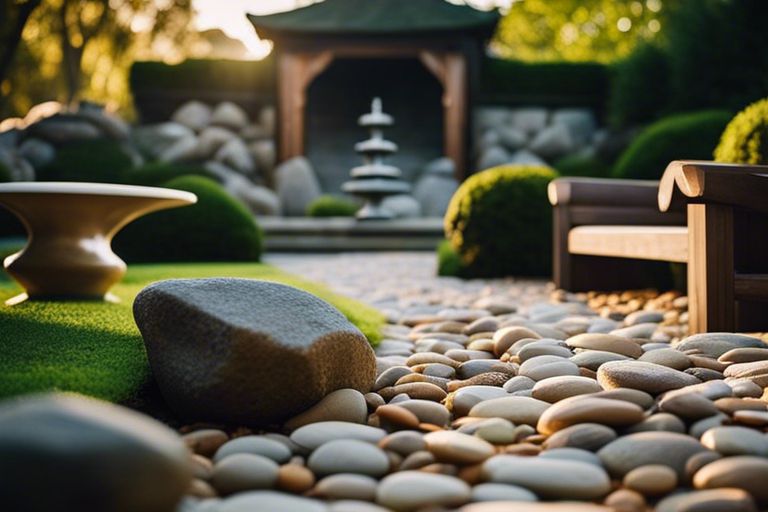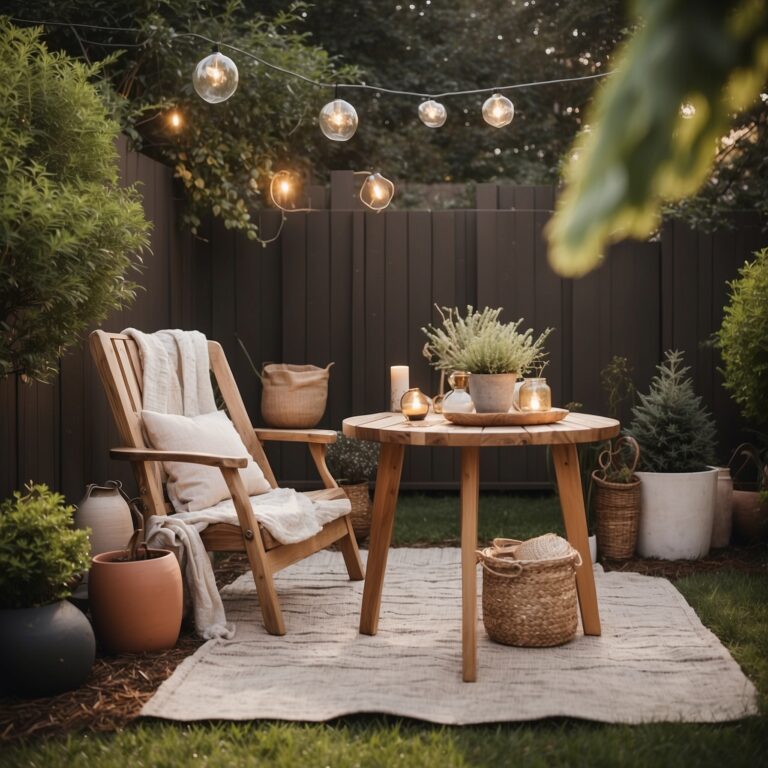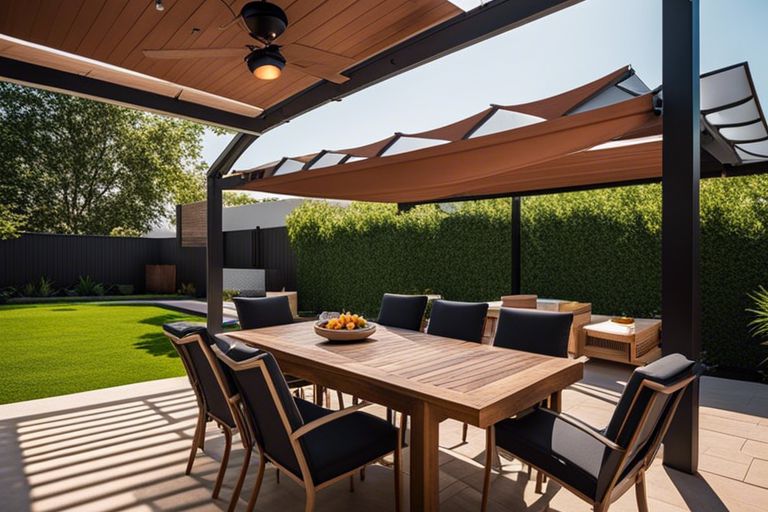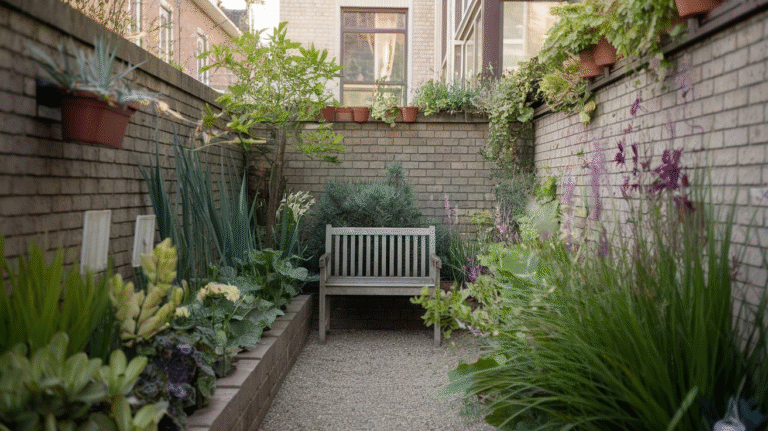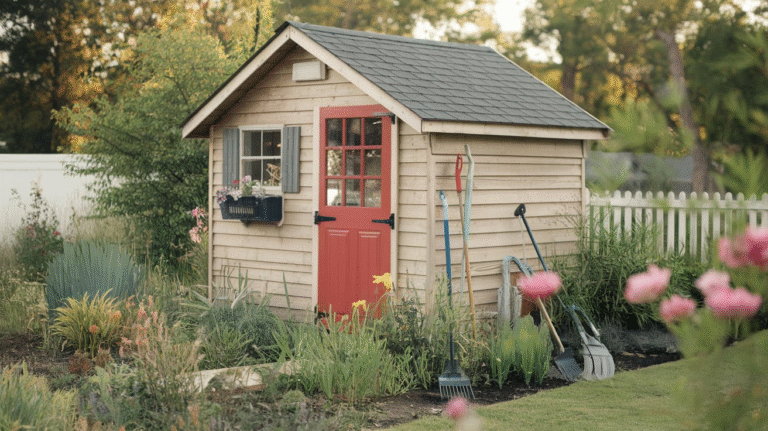22 Garden Layout Ideas & Designs
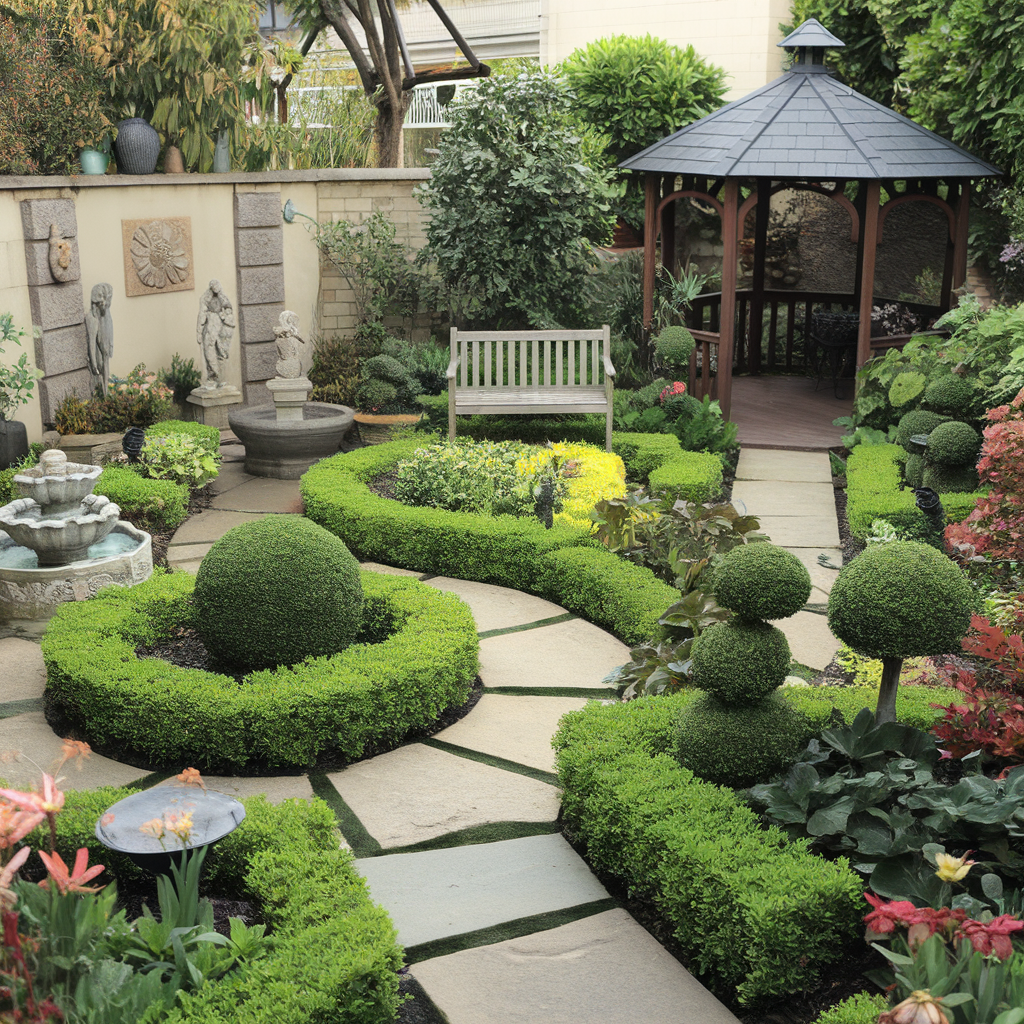
Gardens aren’t just about planting pretty things—they’re about creating a personal escape, a patch of paradise that speaks your language.
But the layout? That’s your garden’s backbone. Nail the layout, and even simple plants will look stunning. Mess it up, and not even a greenhouse full of roses can save the chaos.
Let’s dive deep into 22 smart, beautiful, and downright game-changing garden layout ideas.
1. The Classic Rectangular Grid
This is the no-nonsense, symmetrical workhorse of garden layouts. Think of it as the type-A personality of garden design.
Lay out your garden beds in tidy rows or blocks with paths in between. This is perfect for vegetable gardens, especially if you like everything in order. It’s efficient, easy to water, and you can rotate crops with military precision.
Stats worth knowing: According to a study by the National Gardening Association, rectangular layouts produce 30% more yield per square foot due to better spacing and easier maintenance.
Pro tip: Keep the beds no wider than 4 feet so you can reach in without stepping on the soil.
2. Raised Bed Layout
Raised beds are like garden beds on stilts. They’re easy to manage, look tidy, and help your plants thrive by improving drainage and reducing soil compaction.
They’re ideal if:
- Your soil is trash (hello, clay and rocks)
- You’ve got back problems
- You like tidy geometry in your yard
My story? I built my first raised beds using old railway sleepers and filled them with compost from the local farm. The difference was night and day—fewer weeds, better harvest, and no more bending down like a rusty robot.
3. Herb Spiral Layout
Spirals aren’t just mesmerizing; they’re clever. The herb spiral is a compact, permaculture-inspired layout that uses vertical space to grow a variety of herbs with different moisture and sunlight needs.
- Dry herbs like rosemary go up top
- Moisture-loving mint and chives take the lower levels
Bonus: It becomes a sculptural element in your garden and a conversation starter every time someone visits.
4. Four-Square Garden Layout
Divide your garden into four equal sections with paths forming a cross. It’s traditional, symmetrical, and works beautifully for crop rotation.
Here’s how it breaks down:
- Section 1: Leafy greens
- Section 2: Root vegetables
- Section 3: Fruiting plants
- Section 4: Legumes
Rotate them yearly, and you’ll improve soil health naturally, cutting down on pests and diseases. It’s like the crop version of musical chairs.
5. Potager Garden Layout
A potager garden is where function meets beauty. Think vegetables, herbs, and flowers growing side-by-side in organized chaos. This layout hails from French kitchen gardens where you grow food but make it pretty.
Use geometric patterns, borders of boxwood, and pathways lined with thyme or chamomile. Mix in marigolds to keep pests away, and you’ll have a garden that feeds your body and your soul.
6. Cottage Garden Layout
This is a love letter to wild beauty. No rigid lines or harsh borders here. Just an informal, overflowing paradise where flowers, herbs, and veggies live in happy chaos.
Let tall foxgloves mingle with lettuce. Let sunflowers peek over your fence like nosy neighbors.
Personal tip: When I planted my cottage garden, I ignored spacing guidelines on seed packets—and it worked. Nature found her rhythm, and the garden bloomed like a storybook page.
7. U-Shaped Garden Beds
The U-shape isn’t just about looks—it’s incredibly functional. It gives you access to every part of your garden bed without stepping on soil, making it perfect for smaller spaces or raised beds.
Set them up against a wall or fence, and they become an efficient mini-farm that feels like a hug every time you walk through.
8. L-Shaped Corner Garden Layout
Have a corner that just collects cobwebs and bad vibes? Turn it into an L-shaped garden bed.
This layout maximizes space, especially for small yards or balconies. Grow climbing plants like peas or beans on a trellis in the corner, and tuck low-growers in front.
It’s like using every square inch of a tiny apartment—except greener and tastier.
9. Vertical Garden Layout
When you can’t spread out, go up.
A vertical garden layout is ideal for balconies, patios, and small yards. Use wall planters, hanging pots, or trellises.
Grow:
- Strawberries in hanging pouches
- Tomatoes on wall trellises
- Herbs in mounted boxes
Fact check: Vertical gardens reduce the urban heat island effect and improve air quality, according to studies by the EPA.
10. Keyhole Garden Layout
A keyhole garden looks like—well—a keyhole. It’s a circular raised bed with a notch leading to the center, where a compost bin sits.
- Compost at the center feeds the plants
- The circular layout makes watering efficient
- Ideal for arid climates
This layout is popular in African countries due to its water-saving genius, but it works anywhere you want high yields with low input.
11. Mandala Garden Layout
Feeling a little Zen? The mandala garden is both spiritual and practical. It’s a circular layout, often divided into symmetrical beds with paths that create a flower-like shape.
It’s not just artsy—it’s ergonomic. Everything is within reach, and you can dedicate sections to different plant families.
Pro move: Grow calming plants like lavender and chamomile to enhance the spiritual vibe.
12. Checkerboard Garden Layout
This one’s for you perfectionists. Alternating squares of lawn and beds give a neat, patterned look that’s super pleasing to the eye.
Think:
- Veggies in one square
- Companion flowers in the next
- Repeat like a dance routine
It looks like you hired a designer, but it’s just good planning.
13. Border Garden Layout
Got a fence, wall, or walkway? Border gardens are your secret weapon.
Plant flowers, herbs, or shrubs along the edge of your property or pathways. They’re great for:
- Framing your space
- Creating privacy
- Drawing eyes toward focal points
Use tall plants in the back and cascading flowers in front for that tiered, layered look.
14. Grid on Gravel Layout
This is popular in urban backyards where aesthetics matter as much as function.
Lay gravel across the ground, then build square or rectangular beds in a grid layout. It’s super low-maintenance and allows for precise irrigation systems underneath.
Extra tip: Install a drip system under the gravel and say goodbye to daily watering chores.
15. Wildlife-Friendly Garden Layout
Want your garden to buzz, flap, and flutter? Design it for wildlife.
This layout includes:
- Native plants for pollinators
- A small pond or birdbath
- Wild patches of grass
- Logs or rocks for shelter
Stat: Gardens with pollinator-friendly layouts see up to 40% more vegetable yield due to increased bees and butterflies, according to the RHS.
16. Zen-Inspired Minimalist Layout
Strip it back. Clean lines, gravel paths, a few sculptural plants. That’s the essence of a Zen garden.
Focus on:
- Simplicity
- Asymmetry
- Rocks as features
Use boxwoods, moss, and bamboos. Less is more, and the space becomes a sanctuary, not a to-do list.
17. Circular Garden Layout
Who said gardens need to be square?
Circle-shaped beds create a soft, organic feel. Add a fountain, sculpture, or fire pit in the center, and your garden becomes a destination, not just a plot.
You can design rings for:
- Flowers on the outer ring
- Herbs in the middle
- Veggies on the inside
It’s like a lasagna of life and color.
18. Hugelkultur Garden Layout
This is a permaculture darling. You pile up logs, branches, compost, and soil into a mound. That’s your garden bed.
The logs retain moisture, and the compost breaks down slowly to feed the plants for years.
Perfect for:
- Dry regions
- Lazy waterers
- Wild, foresty vibes
19. Spiral Veggie Garden Layout
Like the herb spiral, but bigger and badder. This version is for serious vegetable growers.
You spiral outward from a center point, planting different crops along the winding bed.
It’s efficient, compact, and visually interesting. Plus, it makes weeding feel like a game instead of a chore.
20. Companion Planting Layout
This layout is all about plant friendships. Tomatoes love basil. Carrots love onions. Corn loves beans and squash.
Design your beds around these relationships, and you’ll:
- Repel pests naturally
- Improve yields
- Reduce fertilizer use
Real-life win: I once had a tomato plant ravaged by hornworms. Planted basil nearby the next season—not a single worm in sight.
21. Children’s Garden Layout
Want to get the little ones involved? Build a layout just for them.
Design a small garden bed in a butterfly shape or maze. Use easy-to-grow plants like:
- Strawberries
- Snap peas
- Sunflowers
- Lamb’s ear
Add stepping stones with their names and tiny watering cans. Suddenly, they’re gardeners, not screen zombies.
22. Edible Landscaping Layout
Mix edibles into your existing landscape like a ninja gardener. No one needs to know those lush shrubs are blueberry bushes or that your border flowers are calendula and nasturtiums.
This layout weaves food into form, blending beauty with function.
Plant ideas:
- Kale with lavender
- Chard with coneflowers
- Strawberries as ground cover
Best part: It tastes as good as it looks.
Conclusion:
Your garden layout is the foundation for everything—beauty, harvest, and peace of mind. There’s no one-size-fits-all design, only what fits your space and lifestyle. Whether it’s raised beds, spirals, or wild cottage chaos, choose what makes you want to step outside every day.
Start simple, learn as you grow, and let the garden teach you. You’re not just planting plants—you’re planting joy. Now grab that trowel.

